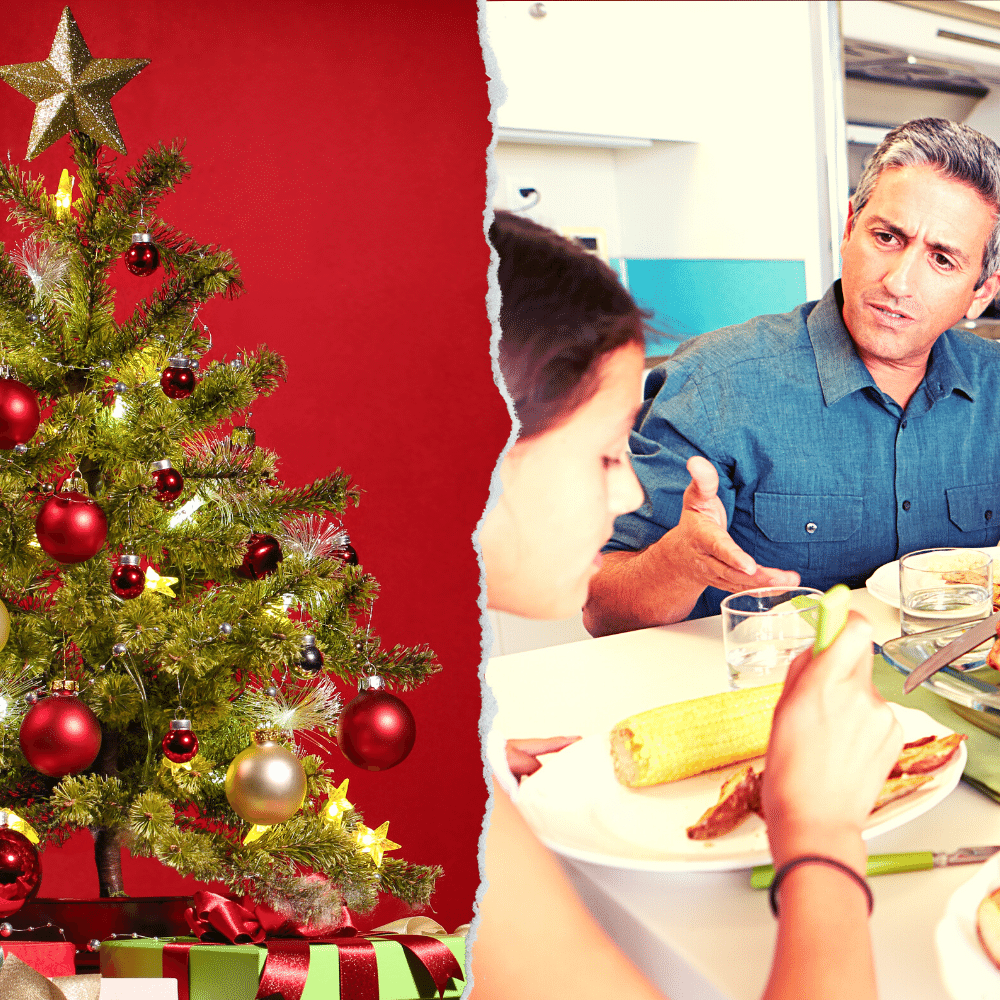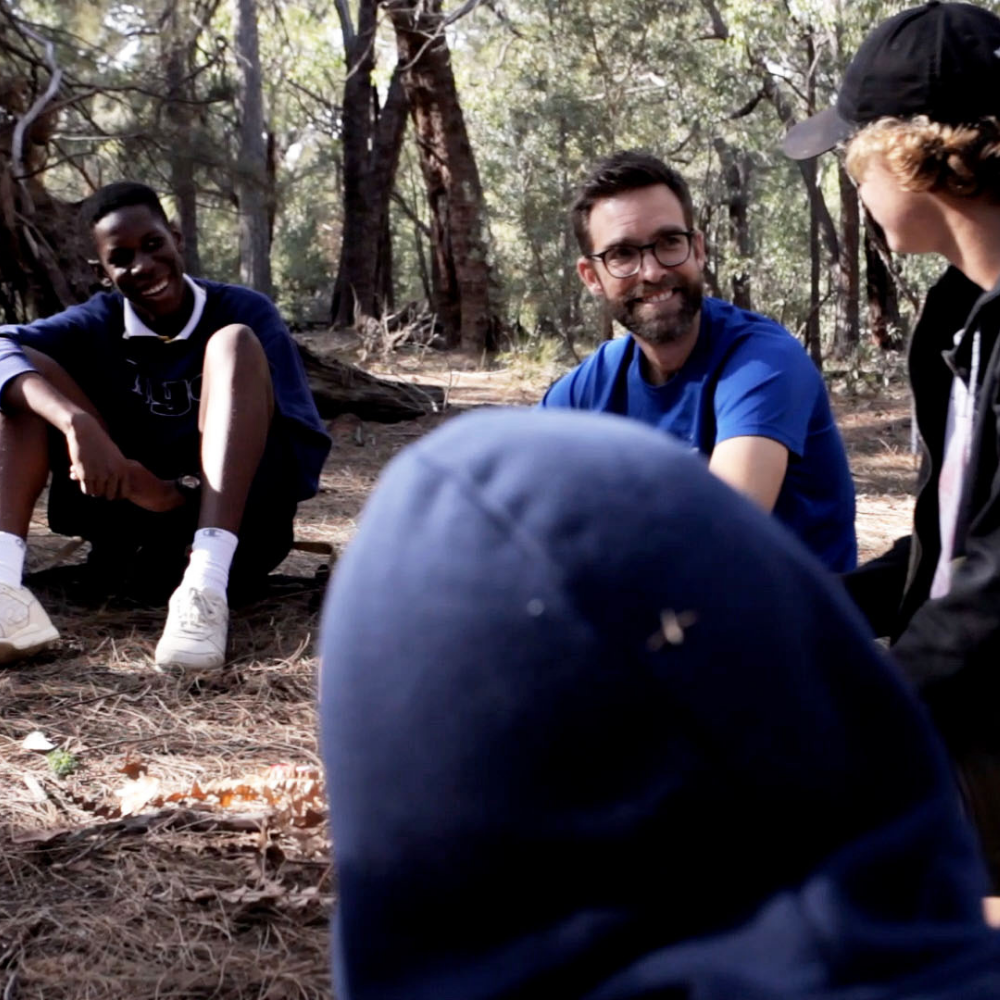Student Wellbeing Activities for the Classroom
When you think about how you make decisions, establish healthy relationships, identify and pursue your goals, or show empathy for others, what is it that drives these actions and behaviours? And as important considerations for our social and emotional health, how often are we giving students the opportunity to explore these questions through student wellbeing activities in the classroom?
Our social and emotional skills are critical skills used to harness to understand the benefits of positive attitudes, creating and maintaining healthy relationships with others, and safely challenging ourselves to take risks and push outside our comfort zones.
How do we learn such behaviours? Young people are not born with fears, anxiety, low resilience, anger, or disrespectful behaviour. They learn from the environments that they find themselves in and the modelling that they experience as they grow up.
As adults, parents, and teachers, we must first be aware of our own behaviours and thinking processes before we can begin to support young people with theirs.
In the school environment, practitioners play a crucial role in modelling healthy behaviours such as:
- Self-awareness – I’m acknowledging my own emotional reaction to the situation.
- Social awareness – I’m sensing the ‘someone is to blame’ vibe and how it shuts down openness to learn.
- Self-management – I’m setting aside my own emotional reaction, for the moment.
- Responsible decision-making – I’m explaining and ensuring a process that allows everyone to participate fully.
- Relationship skills – I’m speaking with respect and kindness to every individual, even the ‘perpetrators’.
When such behaviours are modelled well, individual and collective wellbeing is much more likely.
Of course, modelling isn’t enough and this should be combined with prepared student wellbeing activities that are research-driven and designed to develop the social and emotional skills that young people need.
With a host of competing priorities and lesson-planning on the to-do list, coming up with appropriate wellbeing activities isn’t always easy. So today, we’re sharing three ways teachers can support students’ mental health with activities that can be incorporated into everyday classroom routines and learning.
Student wellbeing activities to build social and emotional skills
The social and emotional learning framework below highlights the part that schools and teachers play in helping students to develop their social and emotional skills within the classroom and school environment.
This includes schoolwide practices and policies and at a classroom level, social and emotional (SEL) curriculum and instruction.
Below are some activity ideas to use in the classroom that focus on social and emotional learning with students within the classroom. You can follow some or all of these suggestions, or get in touch if you’d like a complimentary workshop for your teaching staff.
1. Build connection with the students
How many students do you have a meaningful connection with? There are a number of ways to work towards understanding more about the students you are teaching:
Connection before content
Shifting physically helps change emotional and psychological states, and we all learn better when we are happy and relaxed.
Introduce a routine of short but fun activities that get students moving, and bring some energy and fun to the classroom. See your students operating in a place of fun and relaxation, noticing how they behave when they feel comfortable. Explore some quick activities here to use before introducing any form of content.
Start and finish each day with a short but quick “check-in”
Students stand or sit in a circle and take it in turns to check in on how they are feeling today, or consider an intention.
Provide them with some ‘feeling words’, and frame it so they can’t repeat what someone else has already said (this encourages them to come up with new words to describe different feelings). Use a talking stick or other talking implement (tennis ball, rubber chicken) so that only one person talks at a time, teaching the others to listen deeply. Check out at the end of each day with a reflection or gratitude question.
2. Character strengths
Where we put our attention and focus determines what we get more of – human beings tend to focus on weaknesses and what is bad and wrong. A good place to start shifting this focus is to understand what is great about each and every one of us. What are our innate strengths and gifts, what do others see in us, and what can we see in others?
The VIA website provides lots of resources to assist teachers bring character strengths into the classroom. Students can also complete a free VIA survey to learn about their own character strengths.
Ask students to look at the list of character strengths from the VIA website and select which five strengths best describe them. Throughout the week, encourage students to focus on using the strengths that are high on their profile. Programs that promote students’ use of strengths have been shown to improve student academic skills while increasing student enjoyment and engagement in school.
Each morning, run a simple check-in to help students identify which character strength they will focus on for the day. At the end of the day, do a “check out” to reflect on what worked, and how focusing on something positive supported them with challenges.
You can also encourage students to identify a character strength they have observed in others and give an example of what they did and how it impacted those around them.
3. Meditation and mindfulness
Find time during the week to introduce moments of quiet time or mindfulness. Encourage students to find a space in the classroom to sit or lie down (students can even move the classroom around so it feels different from the normal set-up).
Once students have found a comfortable space, you can begin to guide the session using a script. If you don’t have a script or topics of your own, feel free to get in touch with us for examples.
Mindfulness and meditation in the outdoors can be very powerful, and young people are spending less and less time outdoors – often less than 2 hours a day – so consider if the activity or conversation you are about to undertake can take place outside.
Bonus – one for the teachers
Use the downloadable AdventureWorks WA eBook below to reflect, consider your own behaviour and wellbeing practices in challenging moments in the school environment. This can help you to understand how you model these skills to young people and your own opportunities for growth. You may also find it helpful to share with colleagues.
Free eBook download: 5 Steps to Understanding Social and Emotional Learning
Parent-Teen Conflict Resolution at Christmas
Christmas can be a uniquely challenging time of year for parents and teens. It only comes around once, so the occasion is loaded with cultural meaning, heightened expectations and emotional turbulence. The good news is that with a little forethought and planning, you can include your teens in the process of reshaping the significance of Christmas, avoid potential conflict, and strengthen your relationship.
What Do Rite of Passage Journeys Look Like?
Young people from all over the world participate in rite of passage journeys to mark their transition into adulthood. Learn more about how rite of passage journeys are celebrated in different cultures, and what a rite of passage journey looks like.
What is Social and Emotional Learning?
Social and emotional learning is an important part of a young person’s personal growth and development. Read more about what social and emotional learning looks like and how to teach it.
Get In Touch
Please leave your contact information and our team will get back to you within 1 business day!



AdventureWorks and its team would like to acknowledge the Traditional Custodians of the land on which we work and live and recognise their continuing connection to land, water and community. We pay respect to Elders past, present and emerging. AdventureWorks further pledge our commitment to increasing understanding and connection to Aboriginal Australians through the work we do with young Australians and as individuals.
AdventureWorks WA
90a Commonage Road
DUNSBOROUGH WA 6281
+61 8 9796 1000



